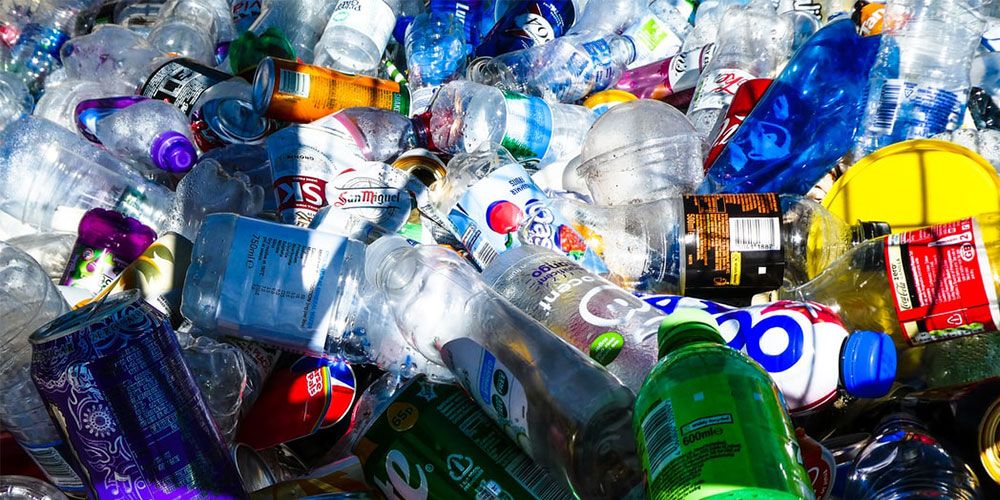Composting and recycling are one of the most effective ways to dispose of different types of waste. Composting can either be done in a large composting facility or easily, in your backyard. On the other hand, recycling is dominantly processed in a recycling facility. Both composting and recycling facilities do what they say to some extent, but you cannot guarantee it with great certainty due to a lack of transparency.
Both composting and recycling have economical, social and environmental benefits, but the final decision is up to you. Ultimately, adopting a zero-waste lifestyle is the best choice, but since it is challenging, start by taking small steps and develop adaptations and compromises to achieve that goal.
Composting
Common misinterpretation
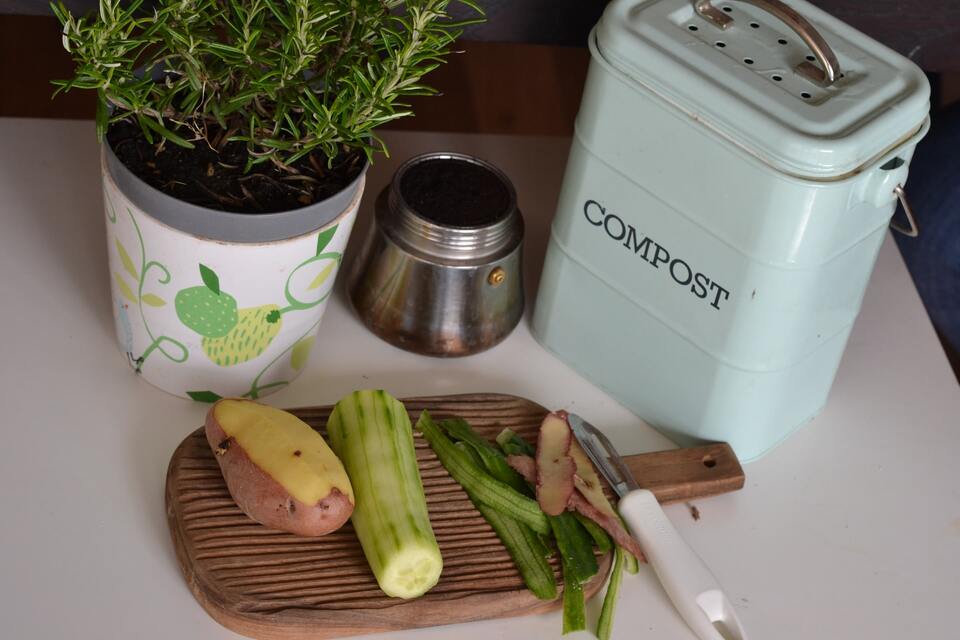
Composting is thought to be complicated, time-consuming, bad smelling, messy and space consuming. But the truth is that it is a straightforward process by following composting guidelines to ensure the ideal circumstances. To shorten the decomposition time frame, use a composting tumbler instead. While the smell may be earthy, since it is done in a bin, the aroma will not spread and it won't take up much space.
Pollution from composting

Composting has multiple environmental advantages, but it is not widely known that it carries a few disadvantages. According to a study from the Water, Air, and Soil Pollution Journal, the main downside is air pollution due to the presence of NH3, CH4 and N2O to some extent, while water pollution is present minimally. The gas formation can be controlled by:
- The choice of raw material and its C/N ratio.
- The compost heap production and maintenance
- The compost pile handling
- The period of maturation
These are vital for the compost pollution control as the optimal conditions are met. The raw material chosen controls the gas pollution, while the location of the composting controls losses from leaching.
Composting pitfalls
Composting at home means that you won't be able to decompose bioplastics and some compostable packaging, as they require close monitoring and optimal circumstances to decompose effectively, which is typically done in an industrial composting facility. Even then, there may be a few remnants, which are materials that take longer and require different conditions to decompose, that are unfortunately sent to the landfill instead. However, in the long run, composting will still be greatly beneficial.
Further studies are still in the process to determine the extent of the air pollution arising from composting and how it can be resolved and controlled. Also, on a larger scale, the biological air pollution (bio-aerosols) from composting facilities are still being studied using dispersion modelling.
Recycling
Common misconceptions

Moreover, the prominent misconceptions regarding recycling are about the costs, pollution effects, as well as people avoiding recycling as they think that there is no landfill crisis and that it is safe.
It is thought that recycling costs too much, that it should pay for itself, but the truth is that recycling costs less than landfills and incinerators, and as the number of people recycle, the price will decrease. Additionally, unlike landfills and incinerators, recycling will save money in the long run as it generates revenue.
Recycling results in a reduction of the pollution emitted as the manufacturing with recycled materials saves energy, along with reducing water and air pollution. Furthermore, the recycling market is present and it is growing internationally. Its prices fluctuate occasionally, and the demand for recycled materials is growing dramatically.
Lastly, it is thought that a landfill crisis is not present, nor that it is anticipated, but the authenticity of that thought is far from the truth. One of the most efficient strategies developed to combat that problem is recycling. According to the EPA, the landfilling of waste has decreased from 94% in 1960 to 50% in 2018. In addition, landfills and incinerators contribute dominantly towards pollution.
The Pitfalls of Recycling Plastic
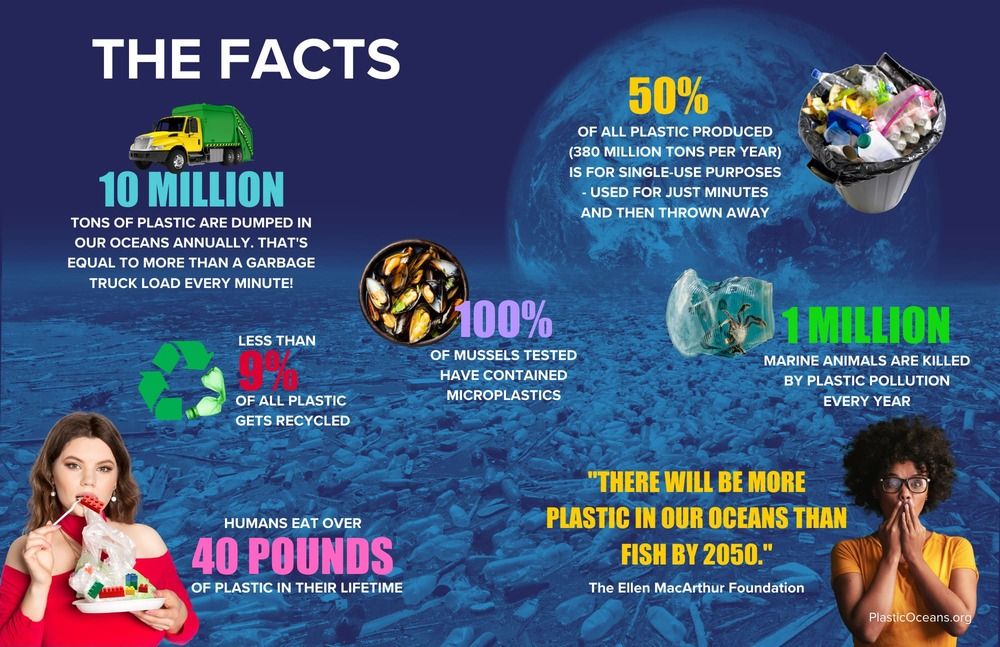
Plastic pollution
There is a dramatic increase in plastic pollution, and it is evident that the plastic production escalated from 15 million tons in 1964 to 311 tons in 2014. Additionally, it is estimated that the rise in plastic production will be 600 million tons by 2035 and 1200 million tons by 2050. Also, 5GYRES states that most of the plastics dropped in the recycling bin are not being recycled. According to PlasticOcean, more than 300 million tons is the annual plastic production, and less than 9% of it is recycled. Plastic is composed of petroleum which makes long lasting and it takes between 100 to 400 years to break down at the landfill.
Plastic recycling insights
Unlike other materials, as plastic is recycled, it is degraded. Buying virgin plastics is cheaper than recycled plastics, making it the optimal and most profitable choice. Recycling plastic is not cost-effective, thus it is sold to countries abroad at a loss. Usually, it is shipped to China, but that has stopped because China has plans to be on track with the UN sustainability goals. On the other hand, the waste pickers in Third World Countries sort through the trash to find materials of high value and the rest of it are incinerated or landfilled creating a world and health crisis.
Plastic and the ocean
Did you know that 8 million metric tons of plastic enter the ocean each year? This pollutant works its way into our food, which can be dangerous for our health. An alternative option such as compostable plastic is arising, but it is not better because large composting facilities are necessary to break down its composition; soy, bagasse (made from sugar) and PLA (plastic made from corn and is hard to break down). Also, it is considered a contaminant by some facilities. Alternatives to petroleum-based plastic are being developed using new materials composed of natural sources that can be biodegradable.
The issue with recycling arises from paper and plastics, while aluminum, glass and steel are highly durable materials, and recycling them results in a number of benefits.
Recycling Aluminum

Recycling Aluminum uses less than 5 percent of the energy used to make the original product, and also, recycling can save enough energy to run a 14 watt CFL bulb for 20 hours, a computer for 3 hours, or a TV for 2 hours.
Recycling Glass
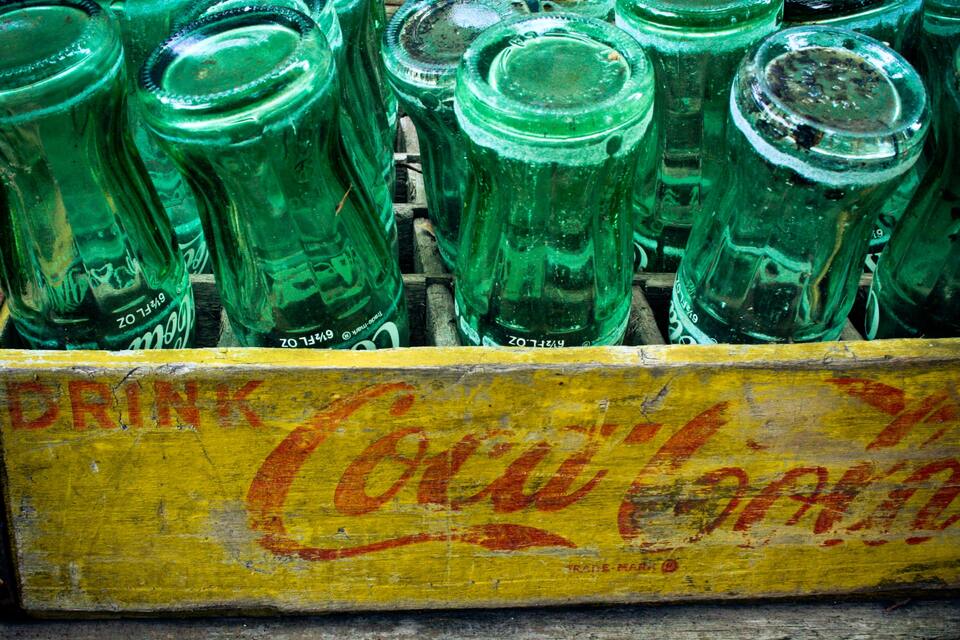
Virgin glass production demands 30 percent more energy than producing it from crushed, used glass. Additionally, a 100-watt light bulb can operate for four hours from the energy saved from recycling one glass bottle. On the other hand, the time taken for glass to decompose in the landfill is approximately 1 million years.
Recycling Cans
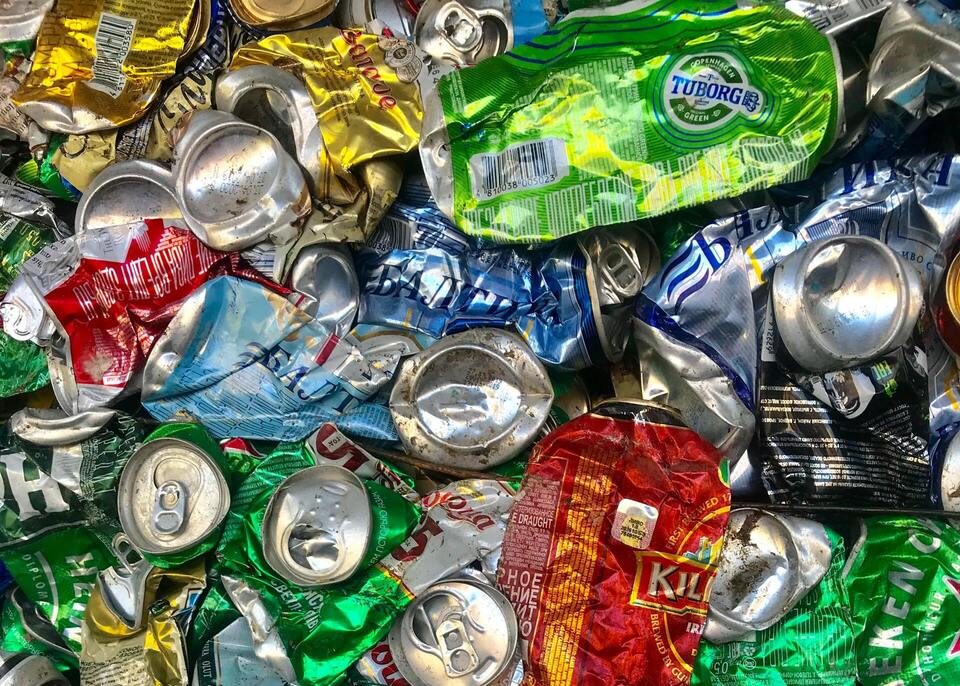
99% of steel is the composition of tin cans. Between 60 and 74 percent of the energy used to produce them from raw materials is saved when recycling steel and tin cans. According to the Steel Recycling Institute, in the United States, steel recycling saves energy equivalent to powering about one-fifth of American households for one year. Additionally, the energy equivalent of 3.6 barrels of oil and 1.49 tons of iron ore over the production of new steel are saved when one ton of steel is recycled.
Recycling Paper and Cardboard
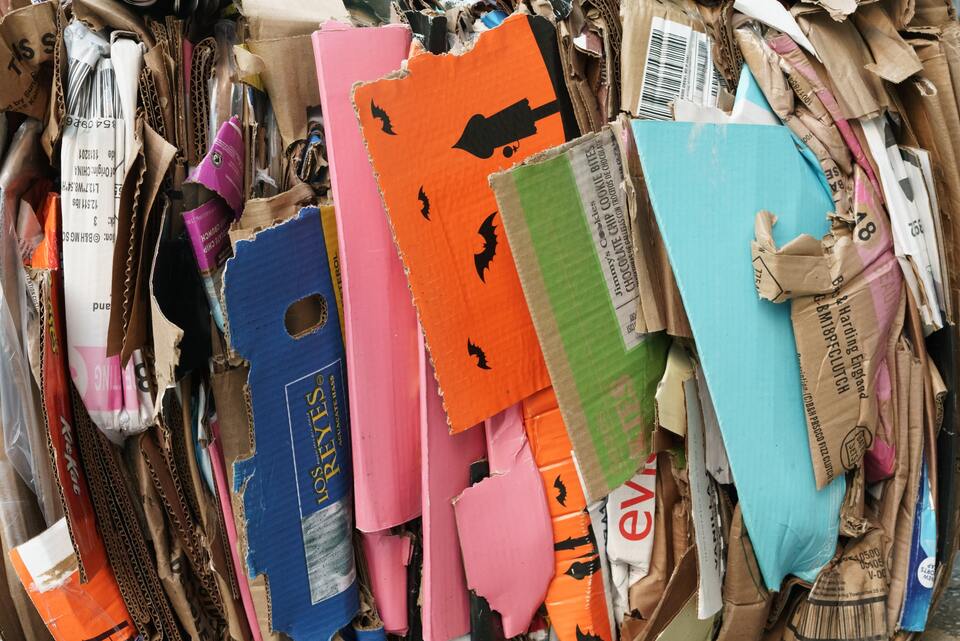
Paper is one of the most dominant recycled materials. The production of recycled paper requires 60 percent of the energy used to make paper from virgin wood pulp. Additionally, finding a substitute is essential as preventing 1 ton of paper waste saves between 15 and 17 mature trees. A simple substitution can be replacing paper towels with 100% recycled paper towels, which if done in the United States, it can save up to 544,00 trees yearly.
Did you know that 41% of solid waste streams contain cardboard and paper? Recycled cardboard can save up to 24% of energy and produces 50% less sulfur-dioxide required to produce a virgin cardboard. Also, when recycling cardboard boxes, you can save more than nine cubic yards of landfill space. It is important to ensure that you recycle your cardboard boxes, as they can be reused again to create new boxes or used as materials for other uses.
Key Points to Consider

When compostable and biodegradable plastics are not purposely directed to the right commercial composting facility they will contaminate other recycling streams or go to landfill.
Not every compostable material can be composted at home, and not every material you recycle is going to be recycled.
There are filtering processes in the composting and recycling facilities that filter out the materials that are challenging to recycle or compost, and they are thrown in landfills. In some countries, it is hard to find composting and recycling facilities, thus, all the waste ends up in landfills.
The terms biodegradable and compostable are being thrown on a variety of materials, making it deceptive to the consumers because it is not necessarily good for the environment. Some take too long to break down than the original versions. When materials are disposed of in non-optimal conditions, they can leave micro-residues that will contaminate the environment. The production of these materials are dominantly carbon neutral. When compostable and recyclable materials are thrown in landfills, that does not affirmatively indicate that they will decompose in the landfill and disappear.
The variety of materials besides plastics and paper can be recycled, but since plastic and paper is the most dominantly used and recycled, it is essential for us to minimize its usage and look for other alternatives. Additionally, the positive impacts of composting are dominantly known, but the pollution arising from it is still being analysed. As a result, it is advisable to begin the transition towards a zero-waste lifestyle! Also, try composting under optimal conditions and be aware of your composts’ state.
The United Kingdom has one of the highest recycling rates of any packaging in the world. As a result, around 2 million tonnes of waste are being saved from landfill every year, just through the practice of recycling cardboard. It can be deduced from their statistics that recycling is effective when a large number of people accept their responsibility and make it a habit.
It is strongly encouraged that you try to minimize your waste and pollution as much as possible. There are a number of processes present to ensure that this goal is met. Whenever you are unsure, do your research and if possible, consult a specialist.
--
Ultimately, even if your packaging is 100% recyclable, it's up to your customers to do their part in disposing or recycling it in the best way possible.
When it comes to packaging, we aim to ensure that it is as eco-friendly as possible while allowing brands to give customers a beautiful unboxing experience. Learn more about our sustainability initiatives here!
